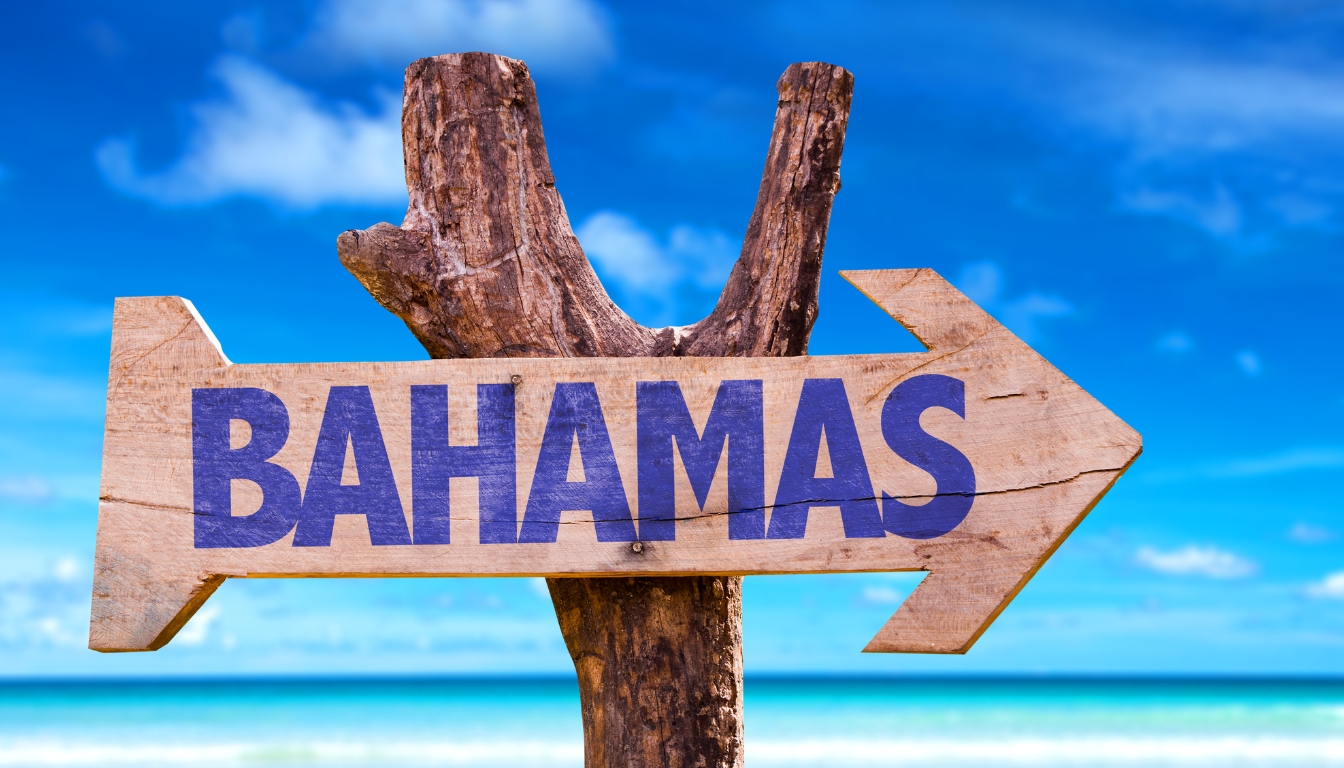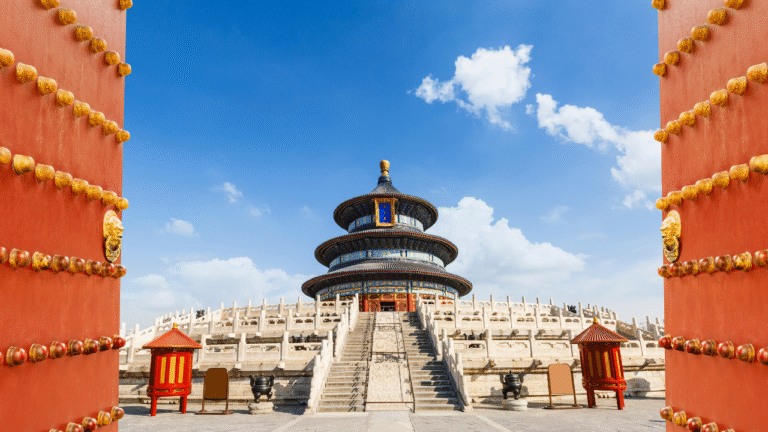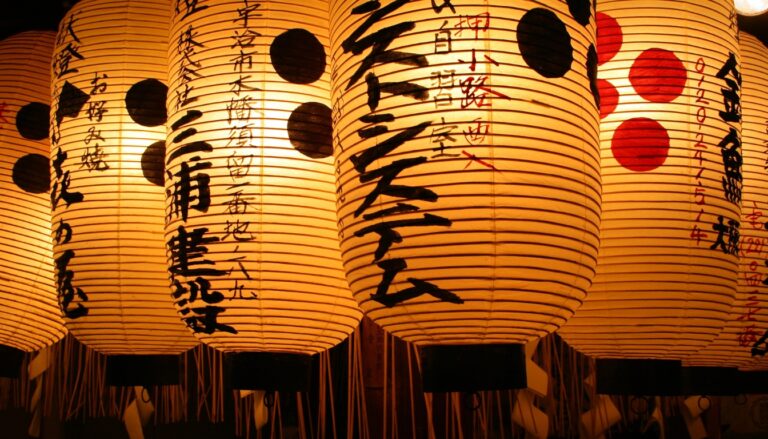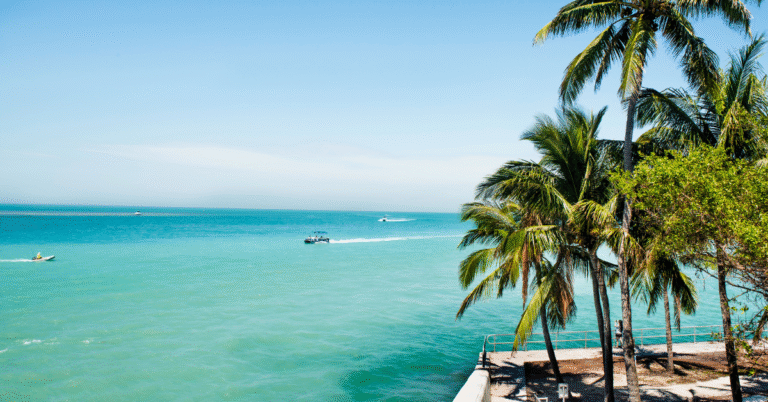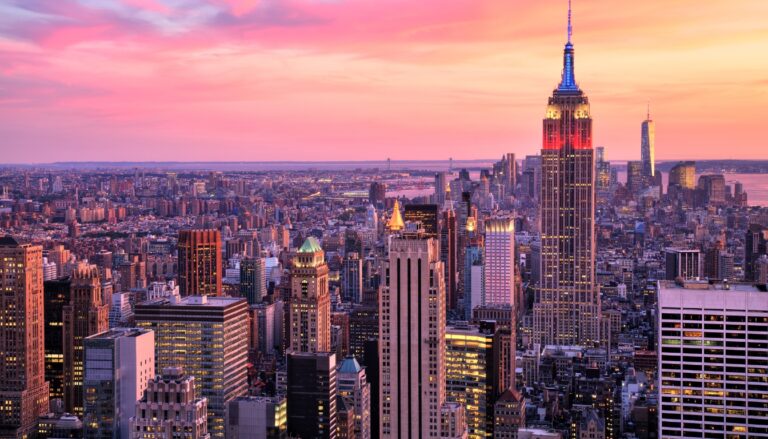Best Time to Visit Bahamas: 3 Peak Season Secrets
Dreaming of paradise but worried about hurricanes, crowds, or high prices? The Bahamas with its 700 islands of turquoise waters and white sands can be heaven or hassle, depending on when you go.
As a Caribbean travel expert with 12 Bahamas trips under my belt, I’ve cracked the code for the best time to visit: avoiding storms, saving money, and skipping the crowds.
In this guide, I’ll share the 3 peak-season secrets locals use, plus tips for affordable flights and authentic island experiences. Your perfect Bahamas getaway starts here.
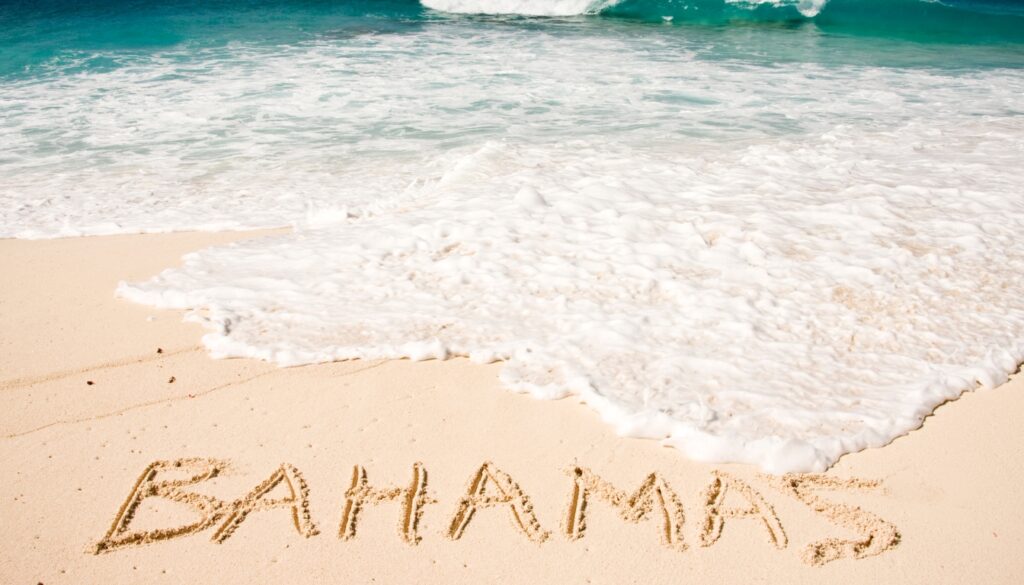
Why The Bahamas is Perfect for You
The Bahamas delivers the ideal Caribbean escape easy to reach, affordable, and packed with adventure. Here’s why it beats other destinations:
Closest tropical getaway – Only 50 miles from Florida, with quick direct flights
Fits any budget – Stay in $50 guesthouses or luxury resorts + cheap local eats
Made for all travelers – Solo trips, couples’ retreats, or family fun (think: dolphins & safe beaches)
No language barrier – English-speaking locals make exploring effortless
Swim year-round – Warm waters (72-84°F) even in winter
No wonder it’s a #1 Caribbean pick whether you want relaxation, culture, or adventure.
Planning Your Visit
Best Time to Visit
The best time to visit Bahamas depends on your priorities, but here are the three peak season secrets that will change how you plan:
Secret #1: The “Shoulder Sweet Spot” (Late April – Early June) While everyone focuses on winter peak season, late spring offers perfect weather (80-85°F), fewer crowds, and hotel rates 30-40% lower than February-March. You’ll avoid spring breakers and enjoy calm seas perfect for snorkeling.
Secret #2: The “Hurricane Season Hack” (August – October) Don’t automatically avoid hurricane season. Early August and late October offer incredible deals (50% off peak rates) with only 15% chance of storm impact. Book flexible accommodations and travel insurance for worry-free savings.
Secret #3: The “Holiday Window” (January 2-15) Skip expensive New Year’s travel but arrive right after. You’ll catch perfect 75°F weather, post-holiday deals, and peaceful beaches as crowds head home. This is the insider’s favorite time for the best value-to-weather ratio.
Getting There
Fly into Nassau (NAS) for the best connections and flight deals from major US cities. Direct flights available from:Miami (45 minutes) – Starting at $89
Fort Lauderdale (1 hour) – Budget airlines from $129
New York (3 hours) – Multiple daily options from $199
Alternative entry points:
- Freeport (FPO) for Grand Bahama Island adventures
- Exuma (GGT) for swimming pigs experience (seasonal service)
Pro booking tip: Tuesday departures and Saturday returns typically cost 25% less than weekend travel.
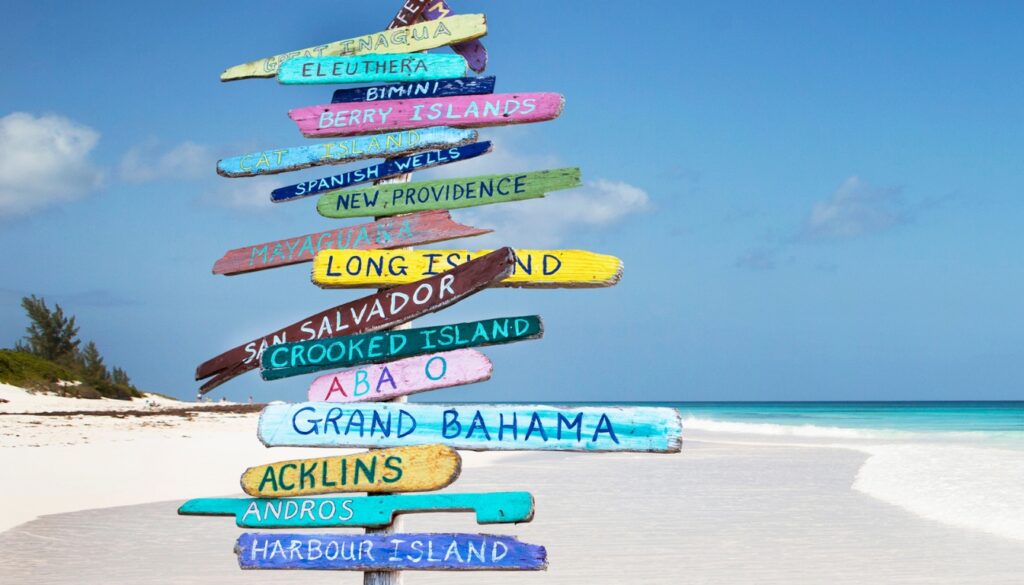
Alternative Destinations
If Nassau is fully booked or overpriced, consider these equally stunning alternatives:
Cat Island – Highest point in Bahamas with hiking opportunities
Eleuthera Island – Pink sand beaches and fewer tourists
Andros Island – World’s third-largest barrier reef for diving enthusiasts
Essential Travel Prep
Visa & Documentation
US Citizens: Valid passport required (must be valid for duration of stay) Other Nationalities: Check visa requirements at bahamas.gov.bs Entry Fee: $20 departure tax usually included in airfare Special Permits: None needed for standard tourism activities
Packing Essentials
Weather-appropriate clothing:
- Lightweight, breathable fabrics for 75-85°F temperatures
- Light jacket for evening breezes and air-conditioned spaces
- Reef-safe sunscreen (SPF 30+ mandatory – Bahamian sun is intense)
- Wide-brimmed hat and UV sunglasses
Activity gear:
- Waterproof phone case for beach photos
- Snorkeling mask (rental quality varies)
- Comfortable walking sandals with good grip
Travel Essentials
Currency: Bahamian Dollar (BSD) equals US Dollar – USD widely accepted Language: English (with delightful Bahamian accent and phrases) Cultural etiquette:
- Dress modestly when not at beach or pool
- Tipping standard: 15-18% at restaurants, $1-2 per drink at bars
- Conch (pronounced “konk”) is the national dish – try it at least once
Step-by-Step Itinerary Guide
Pre-Trip Preparation
8 weeks before: Book flights and accommodation for best rates 6 weeks before: Purchase travel insurance (especially during hurricane season) 4 weeks before: Make dinner reservations at popular restaurants 2 weeks before: Check weather forecasts and pack accordingly 1 week before: Download offline maps and confirm tour bookings
Day-by-Day Activities
Day 1: Arrival & Nassau Exploration
- Morning: Arrive Nassau, check into hotel
- Afternoon: Explore downtown Nassau and Straw Market (2-4 PM for best shopping)
- Evening: Sunset dinner at Fish Fry (Arawak Cay) for authentic conch fritters
Day 2: Paradise Island Adventure
- Morning: Atlantis Resort day pass ($150) or free beach access at Cove Beach
- Afternoon: Snorkeling at Rainbow Reef (equipment rental on-site)
- Evening: Cocktails at SkyBar for panoramic harbor views
Day 3: Island Hopping Experience
- Full day: Exuma Cays tour to swim with pigs and iguanas ($200-300 per person)
- Alternative: Half-day Rose Island for budget-friendly beach day ($75)
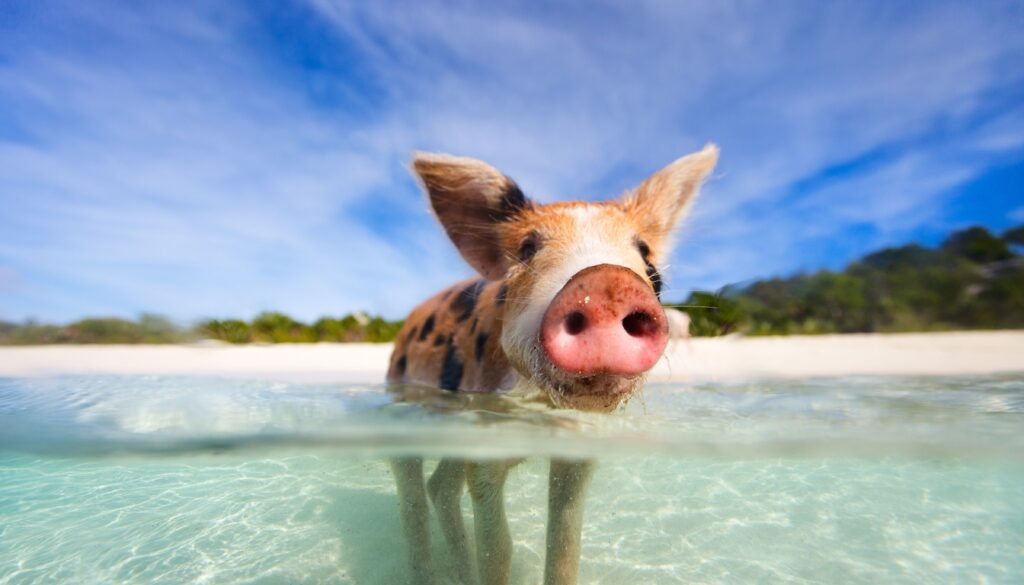
Must-See Attractions
Queen’s Staircase – Historic 65-step limestone staircase (Free, open 8 AM-5 PM) Fort Fincastle – 18th-century fort with panoramic views ($1 entry, guided tours available) Blue Lagoon Island – Dolphin encounters and pristine beaches ($89-199 depending on activities) Ardastra Gardens – Meet the famous marching flamingos ($18 adults, shows at 10:30 AM, 2:30 PM, 4 PM)
Local Experiences
Conch Bar & Grill cooking class – Learn to prepare traditional Bahamian dishes ($75, Thursdays 6 PM) Junkanoo cultural tour – Discover the vibrant carnival tradition with local guides ($45, daily except Sundays) Fishing charter with locals – Half-day trips starting at $400 for up to 6 people Nassau Food Tours – 3-hour guided tasting experience highlighting local flavors ($89)
Pro Tips for Amazing Travel
Avoiding Tourist Traps
Skip: Overpriced cable beach restaurants – eat where cruise passengers can’t easily reach Do: Visit early morning (7-9 AM) for best photos without crowds at major attractions Avoid: Downtown Nassau during cruise ship days (typically Wednesday-Saturday) – check port schedules Try: Take local jitney buses ($1.25) instead of expensive taxis for authentic experience
Money-Saving Hacks
Book accommodation 2-3 months ahead for 40% savings compared to last-minute booking Eat where locals eat – Arawak Cay and Potter’s Cay offer authentic food at half resort prices Buy groceries for breakfast – Save $30-50 per day by avoiding hotel breakfast charges Use hotel shuttles instead of taxis when available – often free to major attractions Drink local Kalik beer instead of imported brands – tastes great and costs 50% less
Experience Variations
Adventure Travel
Add these thrilling activities:
- Deep-sea fishing charters for marlin and mahi-mahi ($500-800 full day)
- Shark diving expeditions at Stuart Cove’s ($99-149)
- Kayaking through mangrove creeks in Andros Island ($75 half-day)
- Rock climbing at Glass Window Bridge, Eleuthera Island
- Kite surfing lessons on Cable Beach ($125 for 2-hour lesson)
Budget-Friendly Options
Affordable accommodations:
- Downtown Nassau guesthouses: $45-75/night
- Airbnb apartments with kitchens: $60-100/night
- Beach camping permits: $10/night at designated areas
Free and cheap activities:
- Public beaches (Cable Beach, Goodman’s Bay) – Free access
- Self-guided walking tours using free city maps
- Happy hour specials (4-6 PM) at local bars
- Public bus system for island exploration ($1.25 per ride)
Luxury Experience
5-star accommodations:
- The Ocean Club, Four Seasons ($800-1,500/night) – James Bond filming location
- The Cove at Atlantis ($500-900/night) – Adults-only sophistication
- SLS Baha Mar ($400-700/night) – Modern luxury with multiple restaurants
Premium experiences:
- Private yacht charters: $1,200-2,500/day
- Helicopter tours of the islands: $299 per person
- Private beach picnics arranged by concierge: $200-400 per couple
- Michelin-level dining at Dune at Ocean Club or Café Martinique
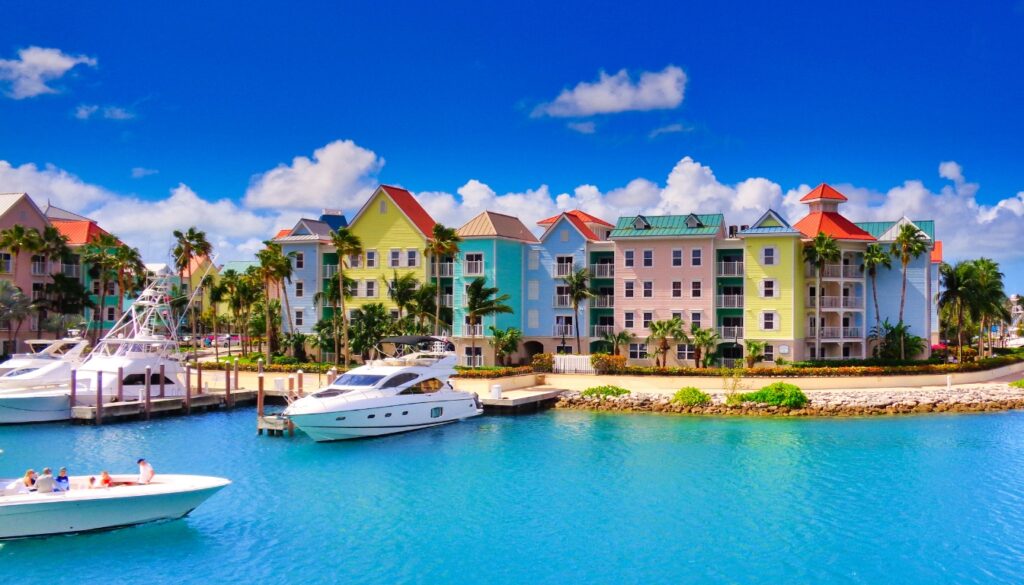
Where to Stay & Eat
Accommodation Recommendations
Boutique hotels with local charm:
- Graycliff Hotel & Restaurant – Historic mansion with cigar factory ($200-350/night)
- Hotel Colonial – Downtown Nassau with colonial architecture ($85-150/night)
- Compass Point Beach Resort – Colorful bungalows with artistic flair ($180-280/night)
Family-run guesthouses:
- Dillet’s Guest House – Authentic Bahamian hospitality ($65-95/night)
- Orange Hill Beach Inn – Small resort feel with personal service ($120-180/night)
Dining Suggestions
Must-try local dishes:
- Conch salad at Potter’s Cay Dock – Fresh and spicy ($8-12)
- Cracked conch at Arawak Cay Fish Fry – Crispy perfection ($15-18)
- Guava duff dessert – Traditional sweet treat found at local bakeries ($6-8)
- Rock lobster at Twin Brothers – Local institution since 1978 ($35-45)
Restaurant recommendations from locals:
- Lukka Kairi – Upscale Bahamian cuisine with harbor views ($40-60 per person)
- Shima – Asian fusion in a restored colonial home ($35-50 per person)
- Café Skans – Danish-inspired bakery perfect for breakfast ($12-18 per person)
- McKenzie’s Fresh Fish – No-frills local spot with the best fish sandwich ($8-12)
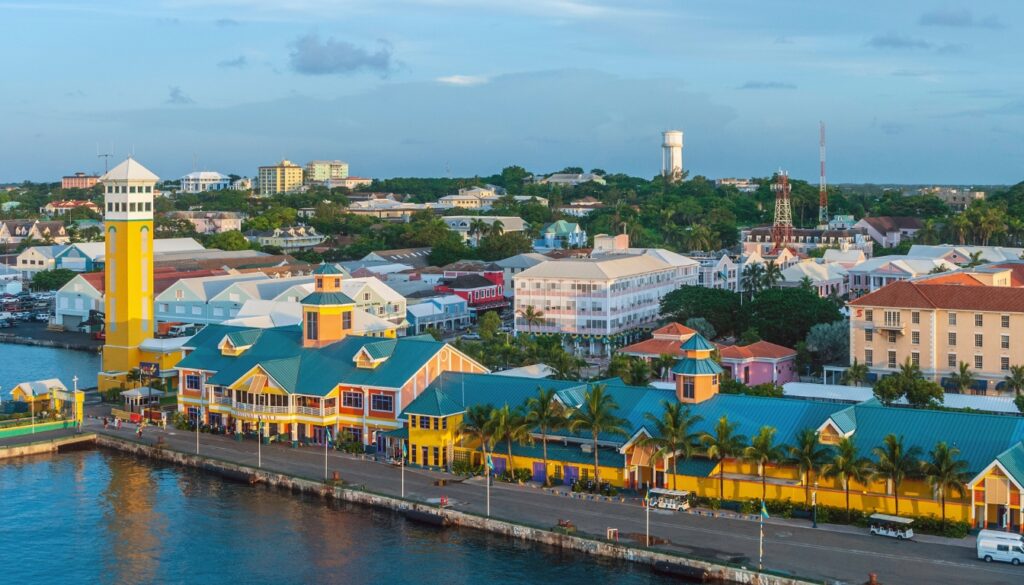
FAQs
Is it safe for solo female travelers? Yes, the Bahamas is generally very safe for solo female travelers. Stick to well-lit areas at night, use reputable taxi services, and trust your instincts. The locals are friendly and helpful, especially in tourist areas.
What’s the local currency and tipping culture? The Bahamian Dollar (BSD) is pegged 1:1 with the US Dollar, and USD is widely accepted. Tip 15-18% at restaurants, $1-2 per drink at bars, and $1-2 per bag for hotel staff.
Do I need special vaccinations? No special vaccinations are required for travel to the Bahamas from the US. Standard travel health precautions apply – bring any prescription medications and consider travel insurance.
What about hurricane season safety? Hurricane season runs June-November, with peak risk August-October. Monitor weather forecasts, book flexible accommodations, and purchase travel insurance. Most hurricanes are tracked well in advance, giving plenty of warning time.
Can I drink the tap water? Tap water in Nassau and major tourist areas is generally safe, but bottled water is recommended for sensitive stomachs. On outer islands, stick to bottled water.
What’s the best way to get around the islands? In Nassau: Taxis, rental cars, or local jitney buses. Between islands: Domestic flights, ferry services, or charter boats. Many hotels offer shuttle services to major attractions.
Conclusion
The best time to visit Bahamas isn’t just about avoiding hurricane season or chasing perfect weather – it’s about understanding the three peak season secrets that unlock the perfect balance of great weather, reasonable prices, and authentic experiences. Whether you choose the shoulder season sweet spot of late spring, take advantage of hurricane season deals with proper planning, or time your visit for the post-holiday window, you now have the insider knowledge to make your Bahamas adventure unforgettable.
Start planning your Caribbean escape today using these proven strategies! Book your flights during the optimal windows we’ve outlined, pack according to our essential lists, and prepare for the turquoise waters and pink sand beaches that make the Bahamas a true tropical paradise.
Join over 15,000 smart travelers who’ve used these timing secrets to save money while experiencing the very best the Bahamas has to offer. Your perfect island getaway is just a well-timed booking away!

